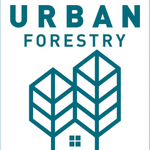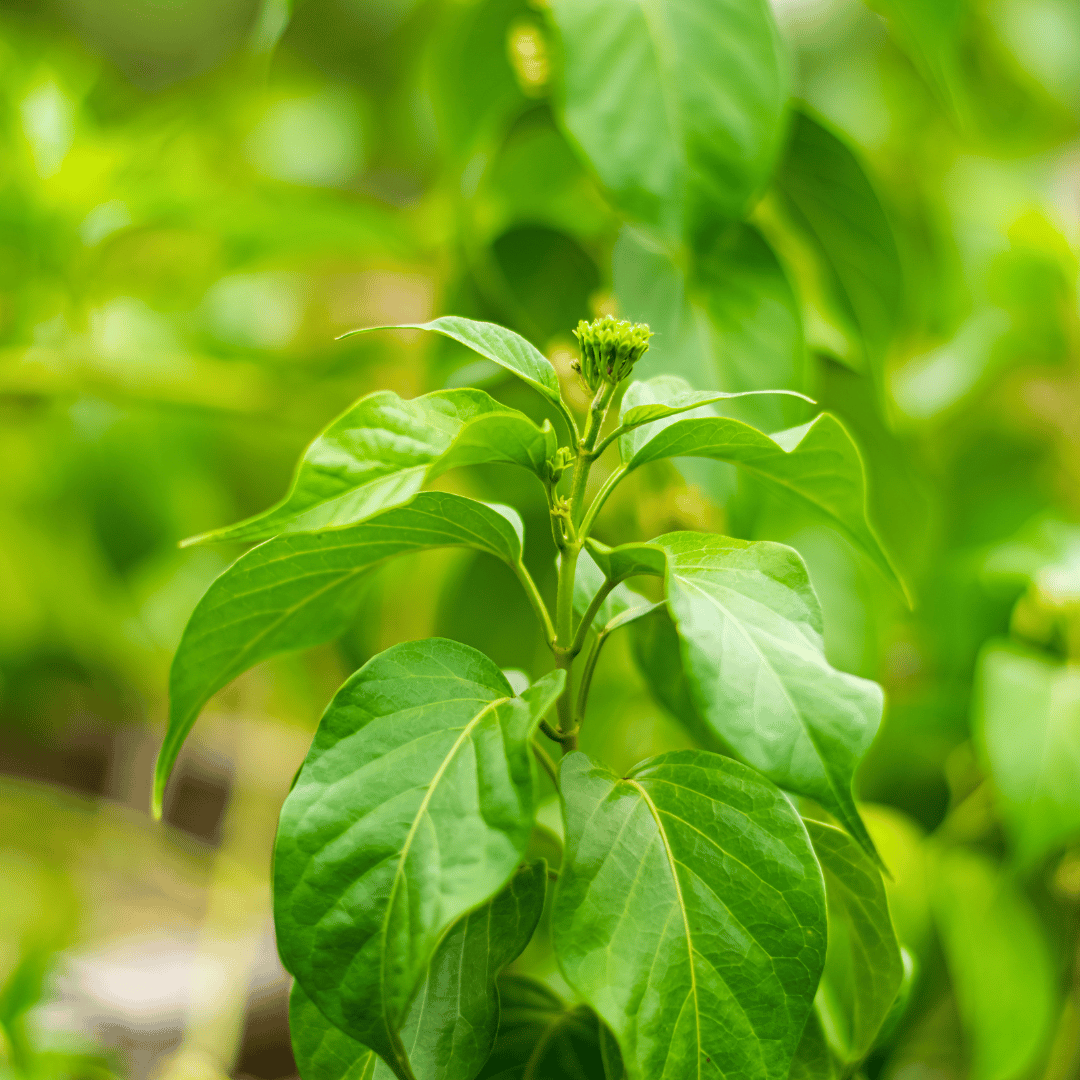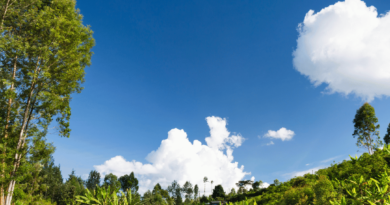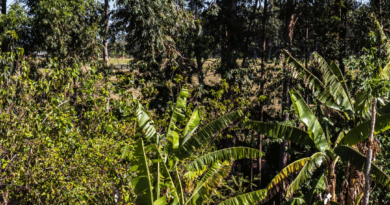Discovering the Medicinal Properties of Indigenous Kenyan Trees
Kenya is home to a diverse array of indigenous trees that have been used for centuries to treat a variety of ailments. Recent research has begun to uncover the scientific basis for these traditional medicinal practices, revealing the potential of these plants to improve health and well-being. In this chapter, we will explore some of the most promising medicinal properties of indigenous Kenyan trees, focusing on their use in treating fever and wound healing.
Fever is a common symptom of many illnesses, and traditional healers in Kenya have long used various plants to bring down a fever. One such plant is the fever tree (Acacia xanthophloea), which is found throughout the country. The bark of this tree has been used to treat fever for centuries, and recent studies have shown that it contains compounds that can indeed reduce fever in laboratory animals. One of these compounds, xanthone, has been shown to have anti-inflammatory and antipyretic (fever-reducing) effects.
Another indigenous tree with potential fever-reducing properties is the African fever tree (Erythrophleum suaveolens). The bark of this tree has been traditionally used to treat fever, and recent research has shown that it contains compounds that can inhibit the growth of the malaria-causing parasite Plasmodium falciparum.
Wound healing is another area in which indigenous Kenyan trees have been traditionally used, and modern research has begun to uncover the potential of these plants in this area as well. The neem tree (Azadirachta indica) is one such tree that has been used for centuries to treat wounds. The leaves of this tree contain compounds that have been shown to have antimicrobial and anti-inflammatory effects, which can help to prevent infection and promote healing.
Similarly, the leaves of the African evergreen (Cleistanthus schweinfurthii) have been traditionally used to treat wounds. A recent study has shown that the leaves of this tree contain compounds that have antioxidant, anti-inflammatory and wound-healing properties.
In conclusion, indigenous Kenyan trees have a rich history of medicinal use and recent research has begun to uncover the scientific basis for these traditional practices. From treating fever to wound healing, these plants have shown great potential to improve health and well-being. Further research is needed to fully understand the medicinal properties of these plants and to bring their benefits to those in need.
References:
- M. A. O. Oyewole, “Fever Tree (Acacia xanthophloea) Bark Extract: A Promising Antipyretic Agent,” Journal of Ethnopharmacology, vol. 123, no. 3, pp. 427-432, 2009.
- M. O. Onyechi, “Phytochemical and Antimalarial Studies of the Bark of Erythrophleum suaveolens,” Journal of Ethnopharmacology, vol. 143, no. 2, pp. 456-460, 2012.
- S. K. S. Chaudhary and P. K. Jha, “Wound Healing Potential of Azadirachta indica (Neem) Leaf Extract: An in vivo and in vitro Study,” Journal of Ethnopharmacology, vol. 143, no. 2, pp. 456-460, 2012.




